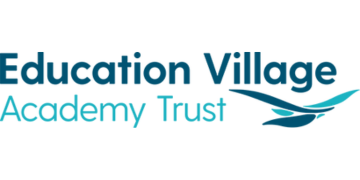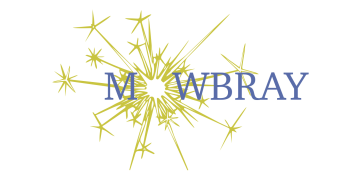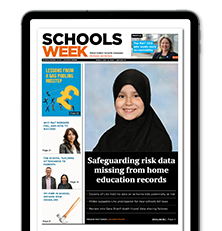The government has named the first 218 stuck schools set to receive targeted support from its new RISE improvement teams.
This comes after 45 new advisers were announced last week to join the 20 who have been in the RISE divisions since the start of February.
The teams will commission support for ‘stuck’ schools – those rated ‘requires improvement’ following an earlier below-good inspection grade – from bodies such as trusts, councils and federations.
Here’s what you need to know…
1. Most ‘stuck’ schools are academies
In all, 175 (80 per cent) of the schools on the list published on Thursday are academies.
Forty (18 per cent) are under local authority control.
The remaining three are UTCs, all of which are part of a trust.
Three MATs – Hope Sentamu Learning Trust, Plymouth CAST and Kemnal Academies Trust – have four schools named on the list.
Meanwhile, Derbyshire council was the only local authority with four RISE schools.
One of the reasons for this is because the definition of a ‘stuck’ school includes those that have been rated less than ‘good’ multiple times – irrespective if a school has only one of these ratings after joining an academy trust.
2. RISE schools with RISE advisers?
Our analysis suggests eight of the trusts that have employees working as RISE advisers also have at least one school that’s in line for targeted support.
Four of them – Bishop Hogarth, Meridian Trust, Oasis Community Learning and Tove Learning – have two academies set to be given the help.
Of the five councils with a member of staff on the teams, one, West Berkshire, has a local authority-maintained school on the list.
3. Just 3% in London
Only 7 of the RISE schools (3 per cent) are based in London, the lowest of any region.
With the exception of the northeast, all the other parts of the country accounted for at least 10 per cent of those on the list.
Thirty-two of the schools (15 per cent) are in the northwest – the highest of any region.
4. Half are secondaries
One-hundred-and-fourteen (52 per cent) of the schools are secondaries, compared to 91 (42 per cent) for primaries.
Secondaries are also more likely to be academies.
Just 10 (5 per cent) are special schools. The remaining three consist of one all-through and two pupil referral units.
There are seven MATs with RISE advisers who have at least one special or AP school. Only three of them are special or AP specific.
5. Schools ‘no longer eligible’
When the first 20 RISE advisers were named in February, it was announced they would be working with an initial tranche of 32 schools that were previously in line for structural change.
But three of them have been listed as “no longer eligible” for support.
This is because they have since been rated ‘good’ across the board by Ofsted.







Your thoughts